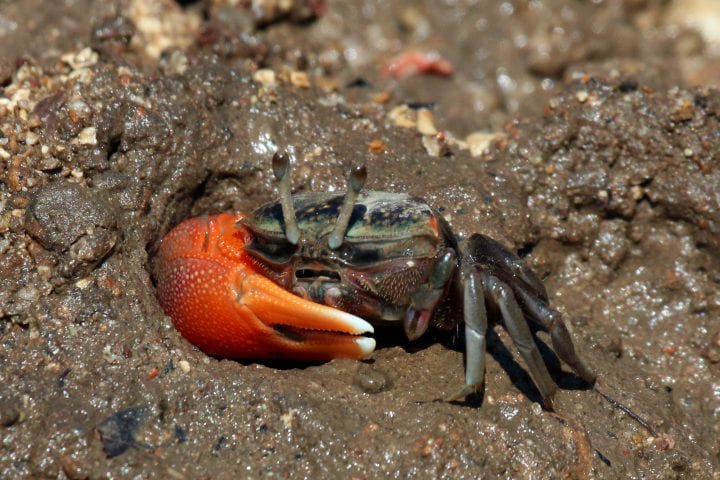Design Cycle Award - High School
UN Sustainable Development Goals Addressed
-

Goal 13: Climate Action
2021 Youth Design Challenge
This design concept was developed by participants in the Institute’s Youth Design Challenge. The descriptions below are from the team’s competition entry materials.
School: Wind Dance Farm & Earth Education Center
Location: Berkeley Springs, WV, United States
Coach: Leslie Devine Milbourne
Team members: Adeline Hemerick, Julia Bryner, Liam Glenn, Naomi Kesecker
Video Pitch

Innovation Details
The Black Carbon Keeper is a design concept to capture black carbon emissions from wood stoves and sequester it through mycelium remediation. Wood burning stoves are a common source of home heating in West Virginia, where this team resides, as well as around the world. But wood stoves release black carbon particulates (soot) into the air, and this becomes a climate concern when it traps heat in the atmosphere or settles onto snow and ice, reducing natural abedo. In response to the problem, this team prototyped a device that fits into existing stove pipes and captures black carbon particles via a combination of electrostatic attraction, inspired by bees, hair-like mechanisms inspired by fiddler crab setae, and a sticky substance inspired by sea cucumbers.
What is the problem addressed for this Challenge and how is it related to climate change?
The team addressed black carbon emissions from wood stoves. Black carbon, also known as soot, is a short-lived particulate pollutant released during incomplete combustion of fossil fuels and biomass, contributing to climate change. Heat held by atmospheric black carbon is 460-1500 times stronger than CO2. Particulates remain airborne up to a few weeks traveling great distances, settling in polar regions. Dark particles on snow and ice absorb heat lowering albedo, expediting melting, and releasing greenhouse gases like methane from permafrost and ice. Because black carbon is a short-lived climate pollutant, reducing emissions will have an immediate positive impact on climate.
What does this design solution do? How does it solve and improve a problem?
The team chose this problem because burning wood in wood stoves is a preferred heat source of many people in our county and state. The design is adaptable to be inserted into existing wood stove pipes, either inside or outside the home. When black carbon particles are released from burning wood, they are captured by the filter in the stove pipe before being emitted into the atmosphere. Once the carbon is captured, the design mechanism is removed, cleaned, and the carbon is sequestered by composting or mixing it with a growing medium to be broken down by mycelium.
How was this solution inspired by nature? What organisms inspired it?
The design models Bees, Sea Cucumbers and Fiddler Crabs. A positive electrical charge on bees’ hairs, created when flying, attracts negatively charged pollen. The design spins creating a positive charge attracting negatively charged black carbon. The Fiddler Crab uses three separate mouthparts covered in setae – stiff, brush-like, feathery, and spoon shaped hairs collecting bacteria and diatoms. The design has different shapes and sizes of structures that collect black carbon modeling the stiff, feathery bristles, and spoons of setae. Sea Cucumbers’ mucus attracts food particles. The team used this to further capture black carbon on the underside of spoon structures.



